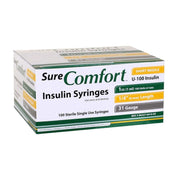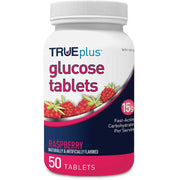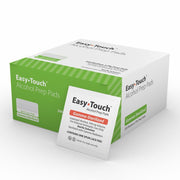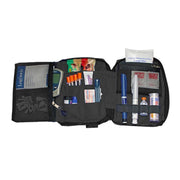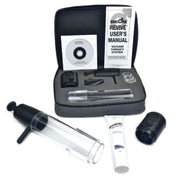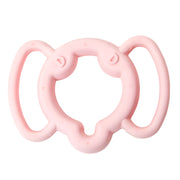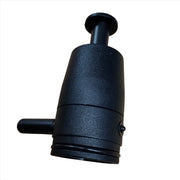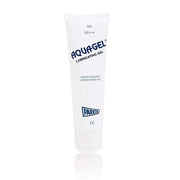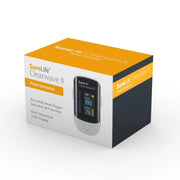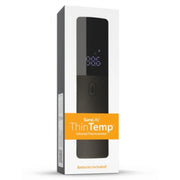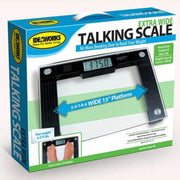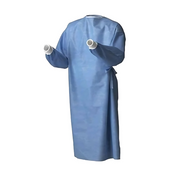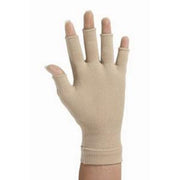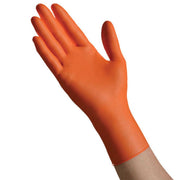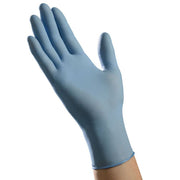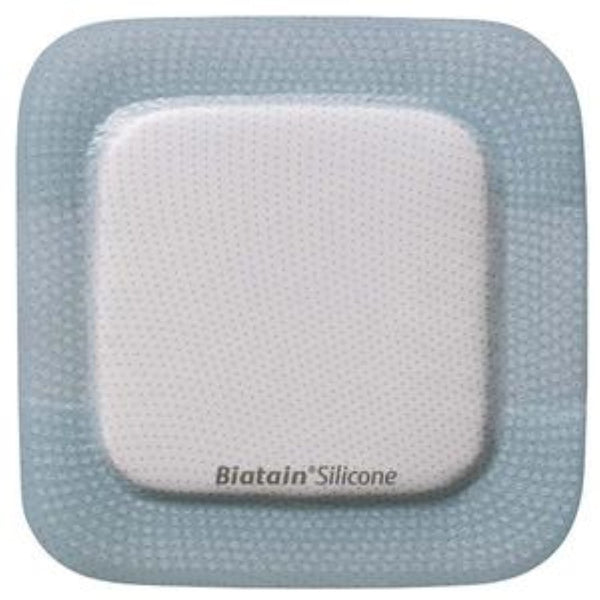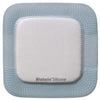PRODUCT DETAILS
Biatain® silicone is a soft, flexible and absorbent foam dressing with gentle silicone adhesive. It can be used for a wide range of exuding wounds, including leg ulcers, pressure ulcers, non-infected diabetic foot ulcers, donor sites, postoperative wounds and skin abrasions. Biatain Silicone can be used in combination with compression therapy.
Unique 3D foam for superior absorption.
Secure fit: The silicone wound contact layer provides a secure fit to keep the dressing in place while ensuring minimal pain upon removal.
Non-touch opening: Allow aseptic and easy application and to reduce waste of dressings.
Bacteria and showerproof.
Unit of Measure Contents Sold By
Each (EA) 1 Each 1 Total (1 Each)
Box (BX) 10 Each 10 Total (1 Box of 10 Each)
Frequently Asked Questions (FAQs)
Q: What is foam dressing used for?
A: Foam dressings are used for moderate to heavily exuding wounds such as pressure ulcers, post-surgical wounds, diabetic ulcers, and traumatic wounds. They absorb fluid, protect the wound, and support healing.
Q: How often should foam dressings be changed?
A: Foam dressings are typically changed every 3 to 7 days or as needed depending on the amount of exudate. Always follow the wound care professional’s recommendations.
Q: How do foam dressings work?
A: Foam dressings absorb exudate while keeping the wound moist. They help prevent infection, reduce pain, and protect the wound from external contaminants.
Q: Can foam dressings be used on infected wounds?
A: Some foam dressings are formulated with antimicrobial agents suitable for infected wounds. Always consult with a healthcare provider before applying to an infected site.
Q: Are foam dressings suitable for dry wounds?
A: Foam dressings are typically not recommended for dry wounds because they are designed to absorb moisture. Hydrogel dressings may be more appropriate for dry or necrotic wounds.
Q: Do foam dressings stick to wounds?
A: Non-adherent foam dressings do not stick to wounds and are gentle during removal. Adhesive foam dressings stick around the wound, not directly on it.

